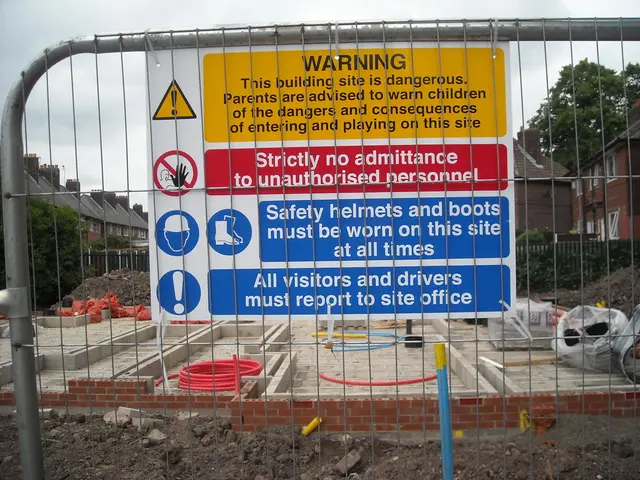Boosting WordPress Memory Capacity: Three Simple Methods
In this article, we'll walk you through various methods to increase the WordPress memory limit, helping you avoid common issues such as memory limit errors.
Understanding Memory Limit Errors
Memory limit errors in WordPress can be caused by complex database queries, outdated PHP versions, heavy plugins and themes, increased site traffic, large media files, and autoloaded data. For most WordPress sites, a memory limit between 256MB and 512MB is typically sufficient.
Method 1: Editing Configuration Files
wp-config.php
To increase the memory limit in your WordPress site, you can edit the file. Here's how:
- Access your WordPress files.
- Locate .
- Add the following lines to increase the memory available to WordPress:
The sets the limit for the general WordPress PHP processes, while is for admin tasks that may need more memory. While 512MB is commonly recommended, you can increase it beyond that if your server allows.
php.ini
If you have access to your server's file, locate or add the line:
This sets the PHP memory limit on a server-wide or per-site basis. After changing, you may need to restart your web server to apply changes.
.htaccess
On Apache servers, you can add:
However, this depends on server configuration and may cause errors if overrides are disallowed.
Method 2: Using Plugins
The Plugin Memory Usage plugin can detect high memory usage and provide an option to increase the limit dynamically. It typically raises memory by 25% beyond defaults but caps at 512MB due to shared hosting safety.
Method 3: Server-Level Adjustments
Contacting Hosting Provider
If you've tried the methods outlined in this guide and are still encountering WordPress memory limit errors, it may be time to contact your hosting provider. Situations where you should reach out to your host include:
- Not having access to your site's , , or files.
- Editing these files doesn't resolve the memory limit error.
- Being unsure of the appropriate memory limit value for your site.
- Being on a shared hosting plan and worried about exceeding your plan's resources.
Other Considerations
- Key Settings to Consider: memory_limit should be the largest value, should be larger than , and affects how long scripts can run.
- Find Your File via FTP, create a backup, add Memory Limit Rules, keep the memory_limit higher than other values, don't exceed your hosting plan's maximum limits, maintain proper file permissions, and test your site immediately after saving changes.
- If editing doesn't resolve the memory issues, another method is by modifying the file.
- Some hosts store the file in the site's root directory, while others offer PHP settings in their control panel instead.
- If you see a 500 Internal Server Error, remove the added lines immediately, restore your backup file, try smaller memory values, or contact your host for supported limits.
Important: Always verify with your hosting provider or server admin whether increasing the memory limit beyond a specific value is supported and allowed on your hosting environment to avoid errors or downtime. Also, increasing PHP memory limit only makes sense if your server has sufficient physical RAM available. If you hit limitations in shared hosting, upgrading to VPS or managed hosting is often necessary.
[1] https://kinsta.com/knowledgebase/increase-wordpress-memory-limit/ [2] https://www.wpbeginner.com/wp-tutorials/how-to-increase-wordpress-memory-limit/ [3] https://www.siteground.com/kb/increase-php-memory-limit/ [4] https://www.wpzoom.com/wordpress-theme/ [5] https://www.godaddy.com/help/increase-wordpress-memory-limit-512mb-1024mb-153422
Read also:
- Smart-home integration inflates EV charging efficiency
- Sustainable initiatives boosted by Veolia through financially backed eco-friendly projects
- Potential perils of artificial intelligence data facilities to American electrical infrastructure due to fire hazards.
- Revival of US AI Chip Industry Kickstarted by Tesla-Samsung Partnership






